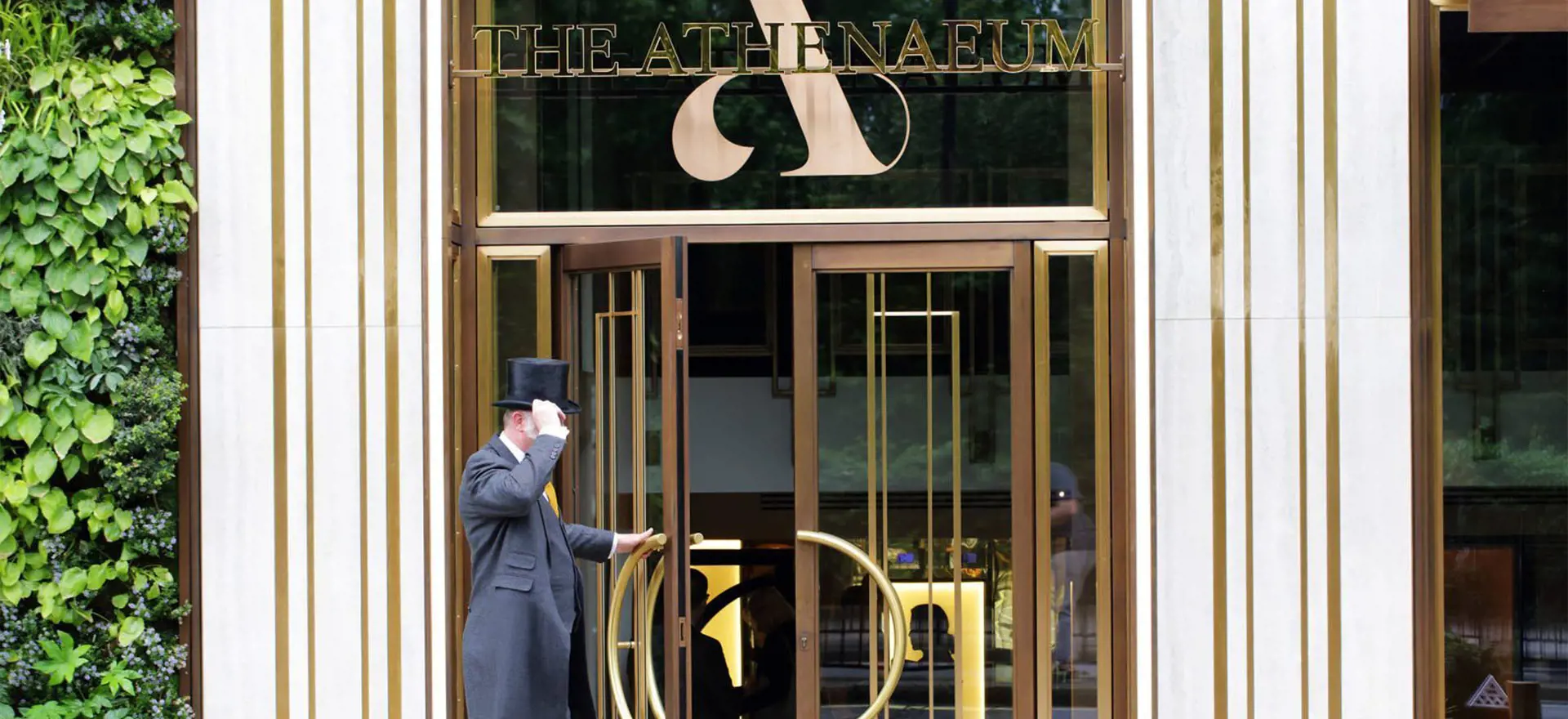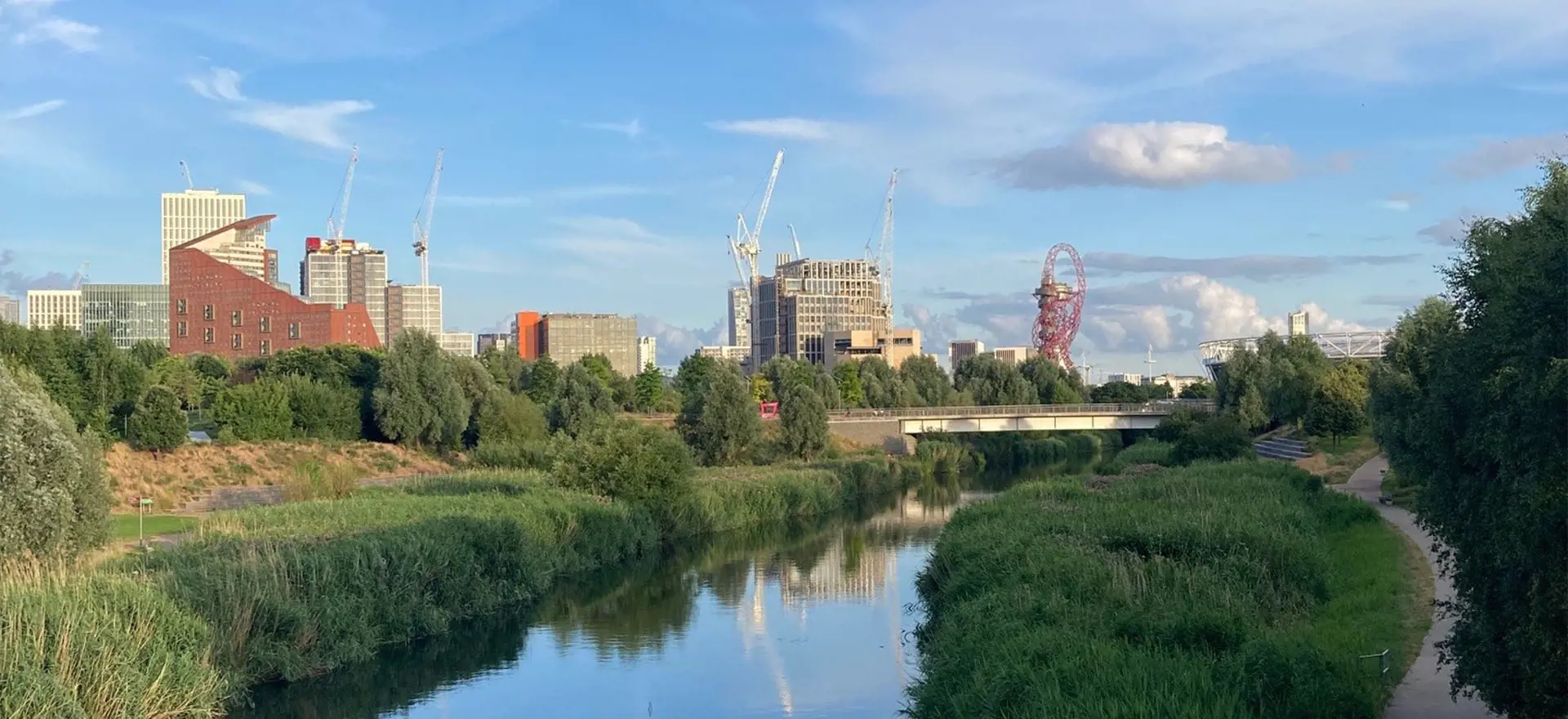The coronavirus pandemic has emphasised the importance of urban green spaces. The positive impact of green space to our mental health and wellbeing, physical health and fitness is generally accepted. According to The People and Nature Survey for England, led by Natural England in July 2020 (published in March 2021) almost half the population (46%) say that they are spending more time outside than before the pandemic
[1]. The Survey also concluded that urban green spaces continue to be the most popular type of green space visited, with 50% of adults reporting a visit in a month.
Urban greening, once a term that was used to describe simple corner parks and the inclusion of trees within development proposals, now encapsulates a wide variety of creative designs, such as pocket parks, living walls, green roofs, urban farms and allotments
[2]. As the climate change emergency intensifies, built environment professionals have been increasingly challenged to find new ways to use green infrastructure solutions to make cities more environmentally friendly and attractive places to live.
When the Olympic Park in London was created it was acknowledged as being the most biodiverse new landscape in the UK
[3]. Ten years since the 2012 Olympic and Paralympic Games, the Queen Elizabeth Olympic Park is the largest new urban park in the UK for over a century. I recently attended a design-led evening guided tour by LDA Design which discussed how the planting, habitat creation and design of the park sought to future-proof a hotter and wetter London. This tour demonstrated the multi-faceted approach to design, which allows the park to support a multitude of activities and wildlife, helps tackle the urban heat island effect and provides sustainable urban drainage systems to manage high rainfall events, which has successfully taken 4,000 homes out of flood risk. The Park also contains the ‘Great British Garden’, which integrates new planning designed for the Games with the hedgerows and woodlands that occupied the banks of the canal for years. This space provides a diverse green urban environment, which supports wildlife and biodiversity, as well as providing an aesthetic and communal asset.
The Olympic Park was successful as the principles of green infrastructure were built into the masterplan at the start of the process. Given the status of creating a legacy of the Olympics, there was a recognition of social and environmental values as well as financial values which has resulted in a successful urban park landscape.
Planning policy is catching up and there has been shift at national and local level that reflects the view of the increasing importance of urban greening. The National Planning Policy Framework (NPPF) 2021 changes include the addition of a reference to the importance of trees in improving the character and quality of urban environments (Paragraph 131).
London has been forward thinking in its approach to urban greening. The adoption of the London Plan (2021) brought the introduction of an urban greening policy (G5) which states that “major development proposals should contribute to the greening of London by including urban greening as a fundamental element of site and building design, and by incorporating measures such as high-quality landscaping (including trees), green roofs, green walls and nature-based sustainable drainage.”
With this policy, the urban greening factor was introduced. This requires all new major developments and refurbishments in London to include a greening element to buildings and the public realm. The purpose of this is to improve biodiversity, rainwater run-off, air/noise pollution and urban temperature regulation. The increasing importance of urban green space has not only been seen in London, but throughout the UK. In March 2021, Liverpool City Council made a commitment to protect all of the city’s parks and green spaces in perpetuity with the Fields in Trust charity
[4].
Biodiversity net gain will mark another shift in requirements, pushing developers to consider vegetation and ecological benefits to their surroundings by requiring developments to deliver a minimum of 10% biodiversity net gain, through the implementation of a mandatory pre-commencement condition. It is currently anticipated that the condition will start to be imposed in November 2023, but this is already being requested by many Local Authorities.
The intention of these new policies is to help create more sustainable high-quality places. But does it always work? When it comes to implementing urban greening, a main issue is the engineering and maintenance required. Areas of planting are more time consuming to maintain as they require watering, weeding, pruning and to keep them visually attractive, and litter removal is often required. Ongoing maintenance costs often get passed on to occupants through service charges. It is also acknowledged that there can be viability issues with urban greening as there can be significant costs for the installation of green features such as green walls and roofs. Without good management practices, these features can suffer and become a visual amenity issue. To realise the benefits from urban greening tools, it will be important to ensure that the correct management and maintenance is in place for the future of the development which can secured via the planning process, through planning conditions and legal agreements.
In our projects at Lichfields we are seeing an increase in diverse and innovative approaches for urban greening within development schemes. We recently secured hybrid planning permission for U+I at Morden Wharf which is located on the southwestern end of the Greenwich Peninsula. The permission includes up to 1,500 homes set in more than six acres of high-quality public realm including a 4-acre landscaped public park opening up more than 275m of Thames riverfront that includes a river beach. Amongst other measures, the buildings will also feature vertical green façades that will help to provide natural screening and improve air quality.
As built environment professionals, we need to continue to explore new ways to help achieve net zero and adapt to the climate change impacts we are already facing. A crucial part of this is embedding urban greening into developments by careful planning and consideration early in the design process to ensure that these are a success for future generations to come.
References
[1] The People and Nature Survey for England: Monthly interim indicators for July 2020 (Experimental Statistics) - GOV.UK (www.gov.uk)
[2] The Importance of Urban Greening | Outdoor Living Walls (ansgroupglobal.com)
[3] https://www.queenelizabetholympicpark.co.uk/our-story/how-we-work/design-excellence/the-park-and-open-spaces
[4] https://www.fieldsintrust.org/News/liverpool-city-council-pioneering-commitment-to-protect-all-parks-forever




